Musbah Shaat
An OTFS-based Random Access Scheme for GNSS Independent Operation in NTN
Jun 04, 2025Abstract:This paper investigates the random access procedure for non-terrestrial networks operating without global navigation satellite system (GNSS) support. In such scenarios, positioning uncertainties can reach several kilometers, which directly impacts the open-loop compensation mechanisms employed by the user equipment. To ensure that the resulting time and carrier frequency offsets can be handled by the network, the robustness of the standardized random access signal design and detection scheme must be enhanced. To extend radio access capabilities, identical Zadoff Chu (ZC) sequences are concatenated and then modulated into the orthogonal time frequency space (OTFS) modulation. Thanks to the specific characteristics of the OTFS-based random access signal, the received sequences are coherently combined, thereby maximizing the desired signal strength. Additionally, the proposed preamble minimizes the overhead associated with the cyclic prefix (CP) transmission. Numerical evaluations in a regenerative low-Earth-orbit (LEO) satellite scenario show that, despite significant positioning errors, the proposed OTFS random access design attains comparable peak-to-average power ratio (PAPR) and missed detection probability (MDP) to OFDM-based solutions, while improving spectral confinement and reducing overhead. These results demonstrate that the proposed OTFS-based random access design offers a robust and spectrally efficient alternative to OFDM for GNSS-independent NTN access.
Open Datasets for Satellite Radio Resource Control
Apr 22, 2024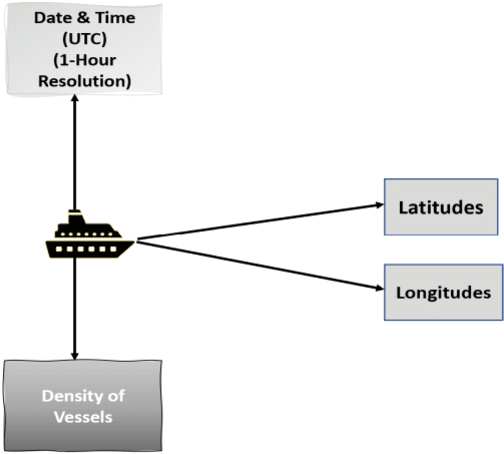
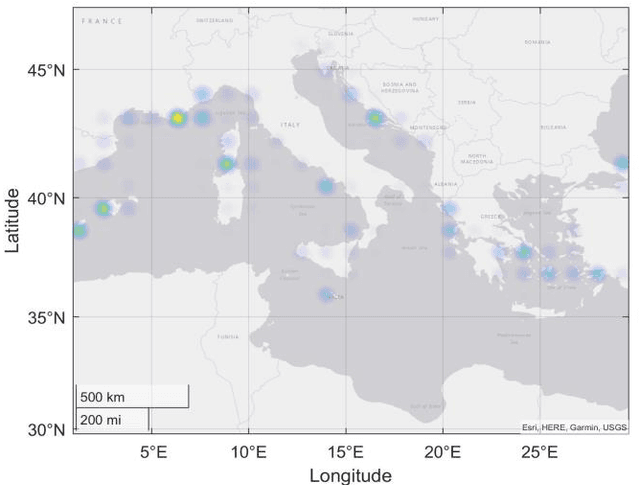
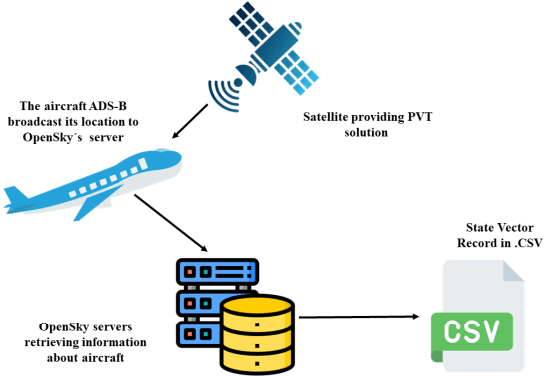
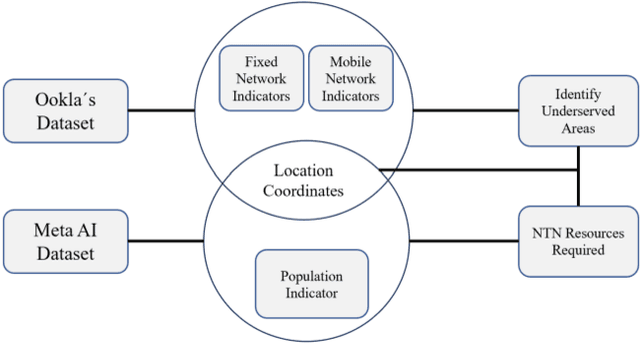
Abstract:In Non-Terrestrial Networks (NTN), achieving effective radio resource allocation across multi-satellite system, encompassing efficient channel and bandwidth allocation, effective beam management, power control and interference mitigation, poses significant challenges due to the varying satellite links and highly dynamic nature of user traffic. This calls for the development of an intelligent decision-making controller using Artificial Intelligence (AI) to efficiently manage resources in this complex environment. In this context, open datasets can play a crucial role in driving new advancement and facilitating research. Recognizing the significance, this paper aims to contribute the satellite communication research community by providing various open datasets that incorporate realistic traffic flow enabling a variety of uses cases. The primary objective of sharing these datasets is to facilitate the development and benchmarking of advanced resource management solutions, thereby improving the overall satellite communication systems. Furthermore, an application example focused on beam placement optimization via terminal clustering is provided. This assists in optimizing beam allocation task, enabling adaptive beamforming to effectively meet spatiotemporally varying user traffic demands and optimize resource utilization.
Emerging Advancements in 6G NTN Radio Access Technologies: An Overview
Apr 22, 2024Abstract:The efforts on the development, standardization and improvements to communication systems towards 5G Advanced and 6G are on track to provide benefits such as an unprecedented level of connectivity and performance, enabling a diverse range of vertical services. The full integration of non-terrestrial components into 6G plays a pivotal role in realizing this paradigm shift towards ubiquitous communication and global coverage. However, this integration into 6G brings forth a set of its own challenges, particularly in Radio Access Technologies (RATs). To this end, this paper comprehensively discusses those challenges at different levels of RATs and proposes the corresponding potential emerging advancements in the realm of 6G NTN. In particular, the focus is on advancing the prospective aspects of Radio Resource Management (RRM), spectral coexistence in terrestrial and non-terrestrial components and flexible waveform design solutions to combat the impediments. This discussion with a specific focus on emerging advancements in 6G NTN RATs is critical for shaping the next generation networks and potentially relevant in contributing the part in standardization in forthcoming releases
Open Datasets for AI-Enabled Radio Resource Control in Non-Terrestrial Networks
Apr 19, 2024Abstract:By effectively implementing the strategies for resource allocation, the capabilities, and reliability of non-terrestrial networks (NTN) can be enhanced. This leads to enhance spectrum utilization performance while minimizing the unmet system capacity, meeting quality of service (QoS) requirements and overall system optimization. In turn, a wide range of applications and services in various domains can be supported. However, allocating resources in a multi-constellation system with heterogeneous satellite links and highly dynamic user traffic demand pose challenges in ensuring sufficient and fair resource distribution. To mitigate these complexities and minimize the overhead, there is a growing shift towards utilizing artificial intelligence (AI) for its ability to handle such problems effectively. This calls for the development of an intelligent decision-making controller using AI to efficiently manage resources in this complex environment. In this context, real-world open datasets play a pivotal role in the development of AI models addressing radio control optimization problems. As a matter of fact, acquiring suitable datasets can be arduous. Therefore, this paper identifies pertinent real-world open datasets representing realistic traffic pattern, network performances and demand for fixed and dynamic user terminals, enabling a variety of uses cases. The aim of gathering and publishing the information of these datasets are to inspire and assist the research community in crafting the advance resource management solutions. In a nutshell, this paper establishes a solid foundation of commercially accessible data, with the potential to set benchmarks and accelerate the resolution of resource allocation optimization challenges.
From 5G to 6G: Revolutionizing Satellite Networks through TRANTOR Foundation
Nov 02, 2023

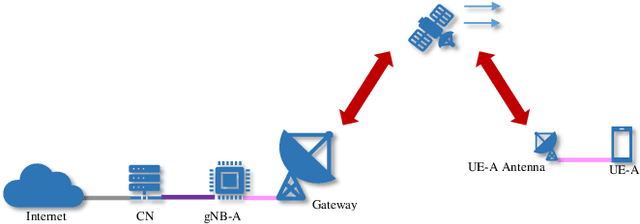

Abstract:5G technology will drastically change the way satellite internet providers deliver services by offering higher data speeds, massive network capacity, reduced latency, improved reliability and increased availability. A standardised 5G ecosystem will enable adapting 5G to satellite needs. The EU-funded TRANTOR project will seek to develop novel and secure satellite network management solutions that allow scaling up heterogeneous satellite traffic demands and capacities in a cost-effective and highly dynamic way. Researchers also target the development of flexible 6G non-terrestrial access architectures. The focus will be on the design of a multi-orbit and multi-band antenna for satellite user equipment (UE), as well as the development of gNodeB (gNB) and UE 5G non-terrestrial network equipment to support multi-connectivity.
 Add to Chrome
Add to Chrome Add to Firefox
Add to Firefox Add to Edge
Add to Edge